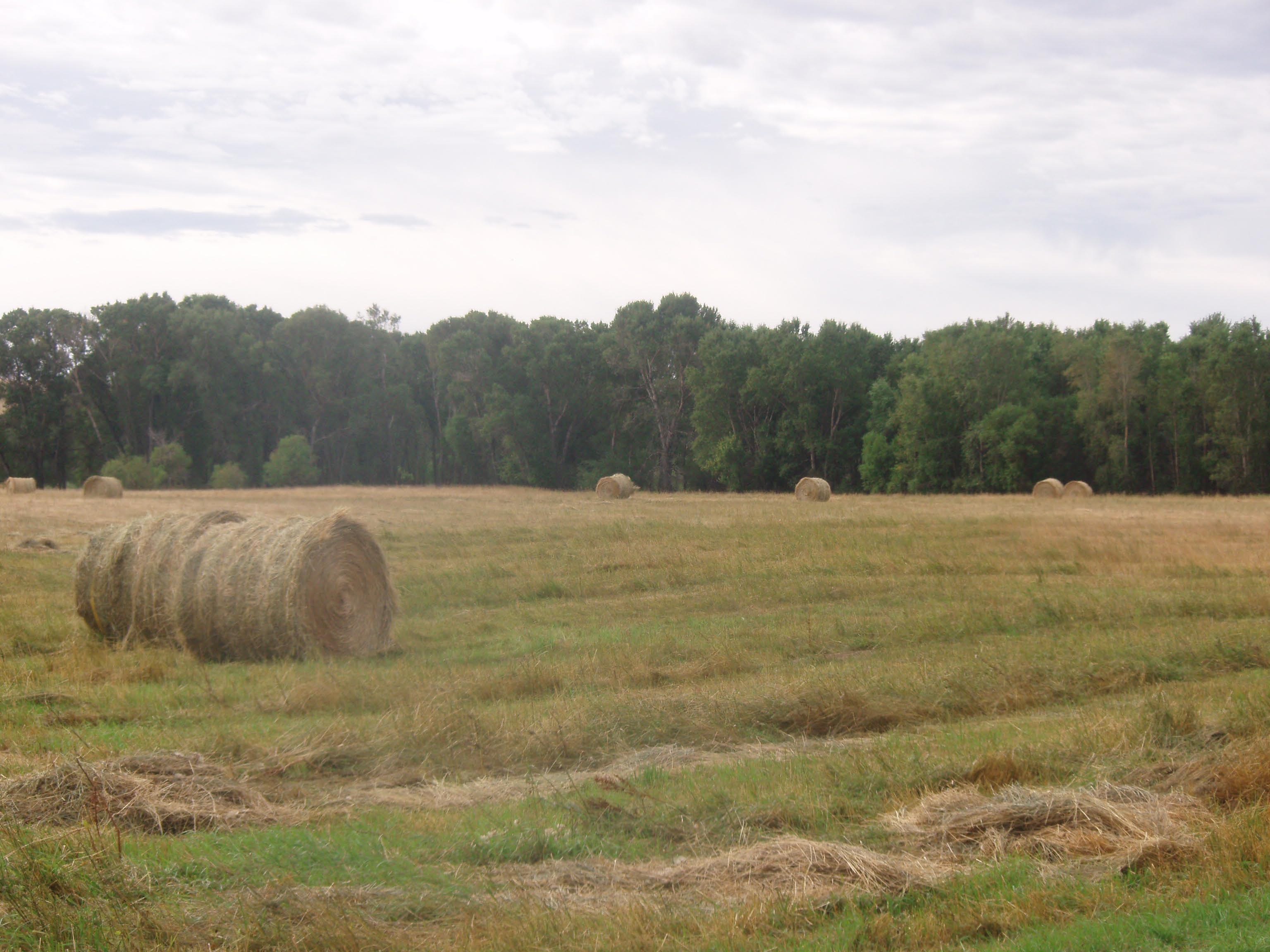
Agricultural News
Hay Bales more likely to combust thanks to high temperatures and high moisture
Fri, 27 May 2011 8:39:28 CDT
 It might sound strange, but with no apparent ignition source, hay bales can burst into flames and cause much damage to storage facilities or cause a raging wildfire.
It might sound strange, but with no apparent ignition source, hay bales can burst into flames and cause much damage to storage facilities or cause a raging wildfire.
Low wind speeds, high humidity, moist hay and hot temperatures is a recipe for disaster. With this set of circumstances, tightly stacked hay bales have been known to combust. Without proper preventative measures, hay barns or any other structures close to the bales, would be lost.
Darren Redfearn, Oklahoma State University Cooperative Extension forage specialist with the department of plant and soil sciences, has some advice for producers and buyers.
"When you go in and immediately harvest these forages, they have a high water content," said Redfearn. "One of the things that does continue is the process of respiration."
This is a normal plant process to produce food for itself, which in turn also produces heat. This respiration process will continue toproduce heat until the moisture content of the hay drops below 40 percent.
At 20 percent moisture, the hay is considered dry. However, mold will grow through respiration and produce heat until that point. This heat produced, along with the hay itself, mixed with oxygen is what causes the combustion.
Redfearn said the combustion typically takes place along the surface of the bales because the oxygen has trouble penetrating into the middle. Before this happens, there are some preventative measures that should be taken.
"Make hay while the sun is shining," Redfearn said referring to the old adage that has a lot of truth to it. "We need to get this hay dried as quickly as possible."
The summer months in Oklahoma provide adequate drying conditions. There are high temperatures, a slight breeze and low humidity.
If there is any question as to whether the hay was baled at the correct moisture, the temperature of the bales should be closely monitored. A bale that measures less than 120 degrees is in no danger.
Bales between 120 degrees and 140 degrees need some attention. Bales should be removed from a barn or structure and separated so that they can cool off. Once a bale reaches more than 140 degrees, it is generally too late, Redfearn said.
"Once you start moving them at that temperature, that's when you really get the danger," he said. "That's when you are putting yourself in danger."
These types of issues will generally occur within five to seven days of baling, so it is best to leave bales in the field for severaldays before storing.
WebReadyTM Powered by WireReady® NSI
Top Agricultural News
More Headlines...




















